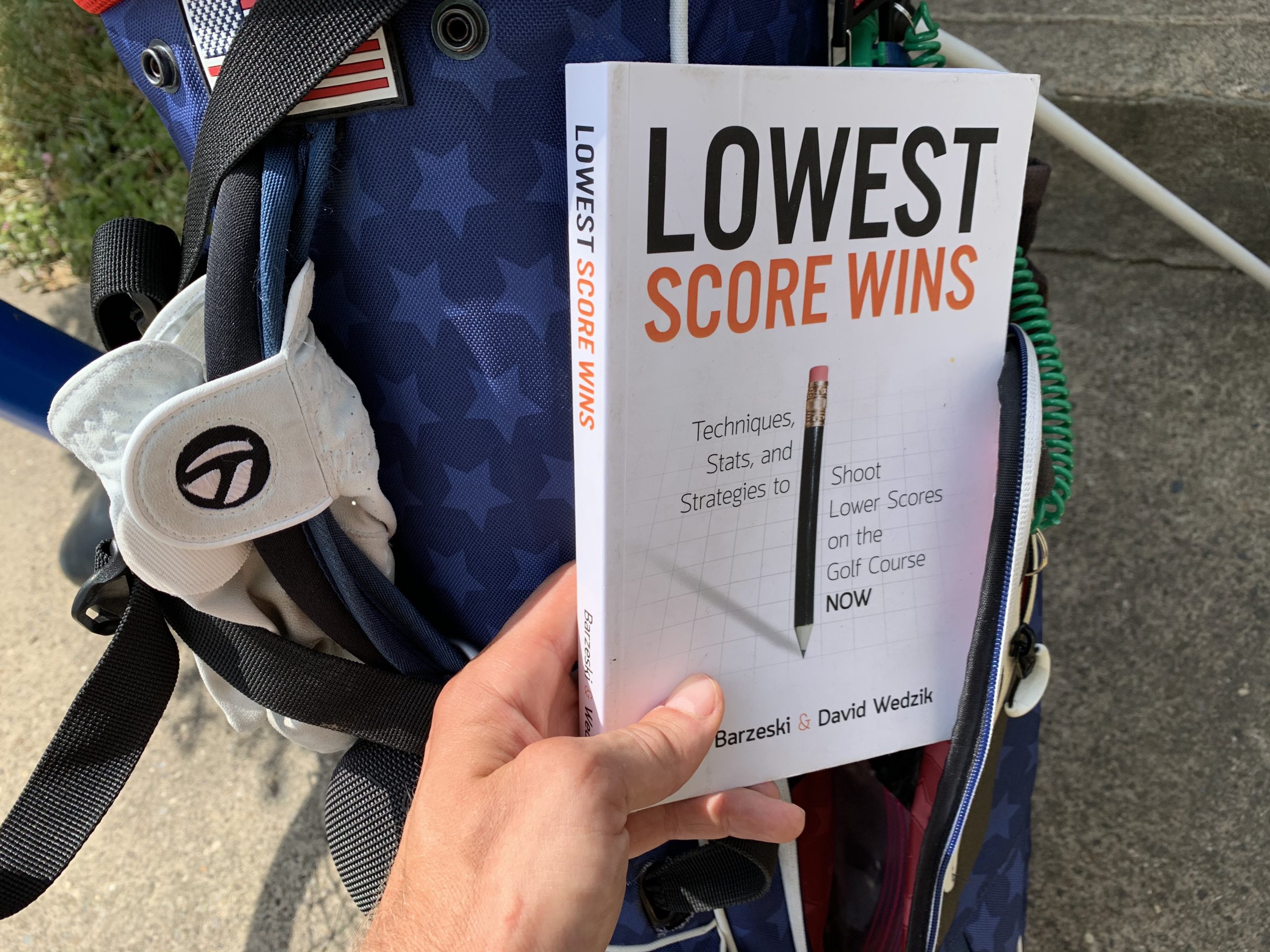Game Improvement
Game Improvement: ‘Lowest Score Wins’ Delivers Data-Backed Coaching

Those of us who try to play this game — and have the sincere intention to improve — know that time is of the essence.
Sure, golf is a ‘sport of a lifetime,’ but there’s no better time than the present to sharpen skills. Although we’ve all had breakthrough moments on the course or practice range, the reality is that those flashes of inspiration are earned via days, months and gulp years of trial and error.
Secondly, even if you’re lucky enough to have a practice facility in your backyard, life is full of distractions and possible excuses. When our minds and bodies are settled into golf mode, we need to take full advantage of that precious time.
That’s why I love the all-angles-considered approach of ‘Lowest Score Wins,’ a fascinating book by award-winning Erie-based teachers David Wedzik and Erik Barzeski. It’s got fundamental instruction, data-driven analysis and game-planning techniques all wrapped into one 225-page package.
(Full disclosure: I met Barzeski while covering the 2016 U.S. Open at Oakmont Country Club and he gave me a free copy of the book. You can purchase it here for under $30.)
I don’t exaggerate when I say that reading (and re-reading) this book has aided my performance on the course in three major ways. Conveniently, each of those ways lines up with the three main aspects of golf the authors address.
Start with the simplest route to scoring lower: Hitting the ball squarely. Yes, it’s hard. Yes, literally thousands of books and maybe millions of articles have been written on the mechanics of the swing. But the co-authors boil down the commonalities of the best players into they call the 5 Simple Keys.
I won’t spoil the whole handful, but the key that helped me the most was keeping my head steady during the backswing. With the help of some smartphone video, I determined I was swinging so far back that my eyes couldn’t stay on the ball — and moving the radius of my swing as a result.
Shortening my backswing allowed me to smack the ball cleaner and straighter, so it was time to move on to perhaps the most groundbreaking revelation of the book, at least for me: Separation Value. Think of it as ‘Moneyball’ for golf.
What ‘SV’ tells you is where the difference is really made between the rank novices and the tour pros … and the vast golf-playing populace that lies between those two poles. Again, I’ll let you read the book, but suffice it to say you should never feel guilty about spending more time on your full swing than your putting.
Barzeski and Wedzik helpfully set up the aspects of golf into tiers of importance based on years of shot-tracking data, so you can spend more time and effort where there are strokes to be gained. (Strokes Gained … sounds catchy.)
Since getting the gist of Separation Value, I’ve tried to nail down my tee shots and 100-yard approaches more than anything else and then green-side chips and pitches.
Before you ask, there’s room for putting in that scenario, but basically none from middle distance. Short ones are savers, for sure, but it turns out lag putts are a surprisingly large part of the game — especially when you start hitting more greens. Good problem to have, but it takes some adjustment!
Fortunately, Barzeski and Wedzik leave some space for drills in the Separation Value section of the book, but the real meat of it is the what, not necessarily the how. When you don’t have eight hours a day to hit balls, or even one full hour, efficiency is the name of the game.
The third pillar of ‘Lowest Score Wins’ is about how to translate these skills to the course. We can lose sight of it from time to time, but our efforts should always be funneled toward one goal: Shooting lower scores. In the context of this book, that means using our brains.
I’ve heard some of this advice on game-planning before — dialing in your wedge distances is crucial, for instance — but it was reassuring to see the data backing up the old adage that we should almost always aim for the middle of the green, not the flag.
That info-backed insight might sound conservative in nature, but Barzeski and Wedzik endorse plenty of aggression where appropriate. While water and sand are to be respected, every golfer should aim to take advantage of opportunities to get the ball as close to the green as possible in as few strokes as possible.
Sounds obvious, but that rule of thumb eliminates needless lay-ups on gettable par 5s for the sake of setting up a full shot on the approach. It also emphasizes the need to go for more on trouble shots when the opening is there. The numbers bear out the importance of avoiding straight pitch-outs, even if the player can’t quite reach the green with his best Phil Mickelson impression.
There’s also much more in the final section about how to figure out your full-shot ‘spray chart’ and apply that to every hole you play. It takes some homework, but it significantly simplifies strategy, an aspect of golf too many of us slough off.
If you’re looking for a game-improvement book leavened by folksy anecdotes, ‘Lowest Score Wins’ isn’t for you. As former Oakmont head pro Bob Ford says on a back-cover blurb, this book “does not waste a second.”
That’s good, because if you want to maximize your potential, there isn’t a second to waste. Especially if you’re about to be a father of two kids under four. Not to editorialize too much.
PGN Grade: A
P.S.: While you’re at it, take a look at Barzeski’s 30-day COVID-19 practice plan on his YouTube page. We might be out of quarantine, but these skills and drills are evergreen.





